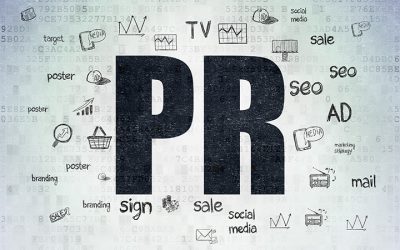Secret to B2B Marketing
The effects of the coronavirus are not going to be merely from the shutdown. The economic effects are going to stay with us for a whole yet. For a B2B company, this is especially concerning. You rely on the continuing success or expansion of other businesses. You also...
3 Digital Marketing Tactics No Business Should Do Ever
At the time of this article being written, coronavirus has become a mainstay and focus in the public eye. What the next several months will bring is anyone's guess. In times of uncertainty, a bit of guidance is always welcome, and in the end, wisdom knows no time or...
The Benefits of Social Listening Tools
Social Media Monitoring presents many benefits for your business. If used correctly, it can take your social media marketing strategy to the next level.
2019 Marketing Trends You Can’t Ignore
Each year the digital marketing landscape changes. Trends come and go, but as marketers, it is vital that we keep up to improve marketing strategies for our clients and stay relevant in an ever-changing environment. Here are a few 2019 trends to take advantage of: AI...
How to Choose the Right Social Media Platforms for your Business
Social media has become a marketing gold mine. More and more businesses are focusing their energy on connecting with their audiences on social media to create brand awareness and maintain loyal customers. The Power of Social Media Social media has the power to take...
Holiday Marketing Ideas for Service-Based Businesses
The holiday shopping season is upon us, which means an increased opportunity to boost sales and revenue before closing out the year. For service-based industries that slow down during the last few months of the season, here are 9 simple holiday marketing tactics to...
SEO Best Practices: Top 5 Do’s and Don’ts for Your Business
If you own a business and have a website, search engine optimization (SEO) should rank at the top of your marketing strategy. For many business owners, however, SEO is all too often an afterthought. We’ve put together this list of SEO best practices to help you get a...
Social Media Marketing: Is It Right for You?
For those of us not living completely off the grid, social media has become a mainstay of which our social lives revolve. We use it to keep in touch with long-distance family and friends and to stay abreast of news, community events, and industry trends. With so many...
Crisis Communications: Lessons Learned
Often times, the public sees public relations professionals as story spinners twisting information to accommodate an organization’s crisis communications missteps. This false perception is easily understood when you take into account the tactless attempts to repair...
Public Relations in the Digital Age: PR Defined
Prior to the digital age, traditional public relations practices consisted of the creation and distribution of press releases, trade show participation, and relationship building through philanthropic efforts and press agentry to gain media exposure. Companies focused...
Adams Media Group News & Insights
Sharing the latest digital trends, technology, marketing tips, and more.










